157 DVD-A / TACET’s Beethoven Symphonies: nos. 1 & 2
Description
"I have heard these two works (and also by the same performers the 7th and 8th Symphonies) many times both live in different halls with different orchestras as well as many recordings However, I have to confess I was never satisfied by those performances either at the artistic level (both live and recorded) or at the aural level when recorded. Artistically they were never right, mostly because of extraneous changes to the original instrumentation and orchestration and when recorded, because of the invariably banal sound. Happily, I can say here and now that this SACD in either its Pure Tube Stereo or Real Surround Sound version as created by Tacet, has finally moved me to think of it as my long-sought "reference" CD both artistically and aurally." (John Nemaric)
3 reviews for 157 DVD-A / TACET’s Beethoven Symphonies: nos. 1 & 2
You must be logged in to post a review.

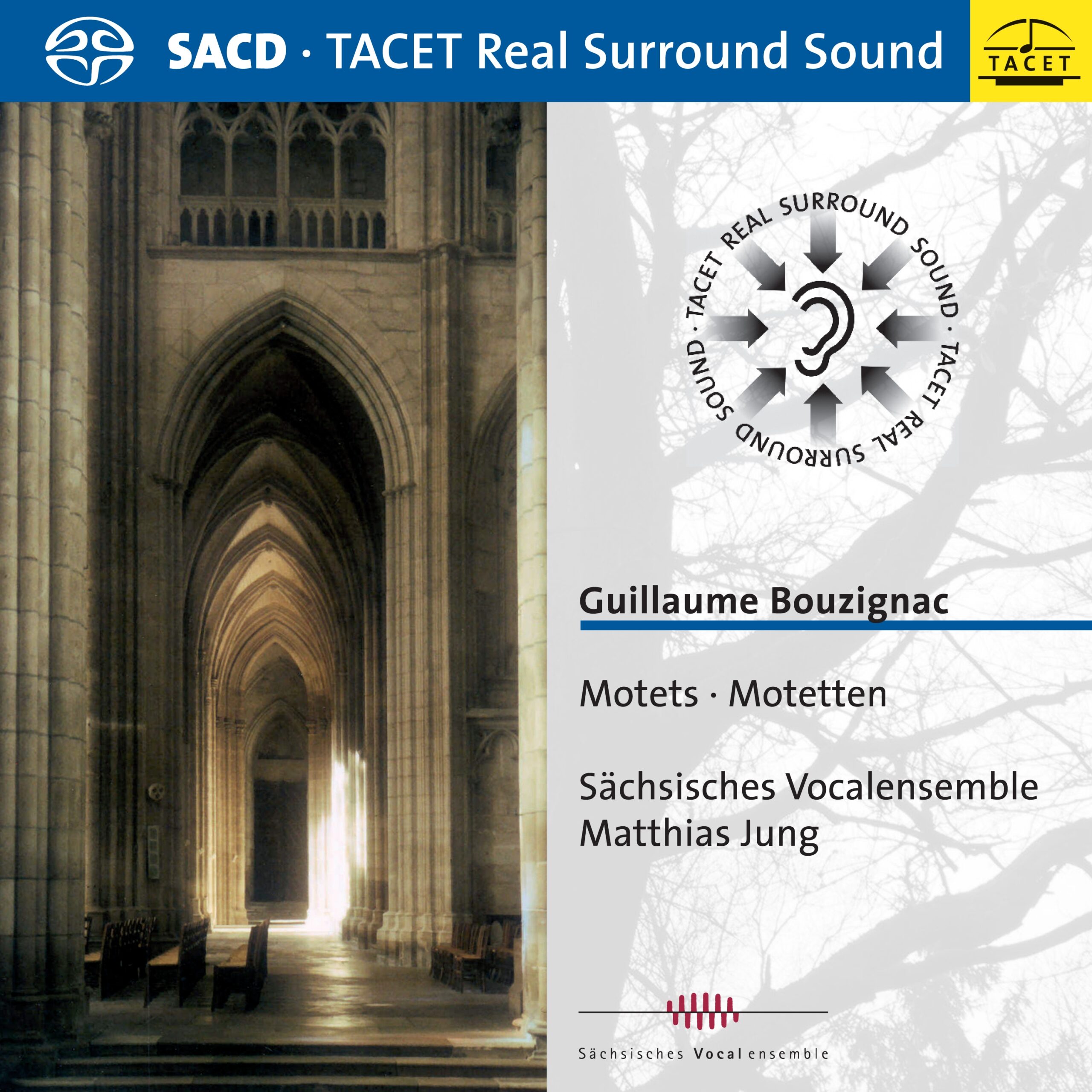
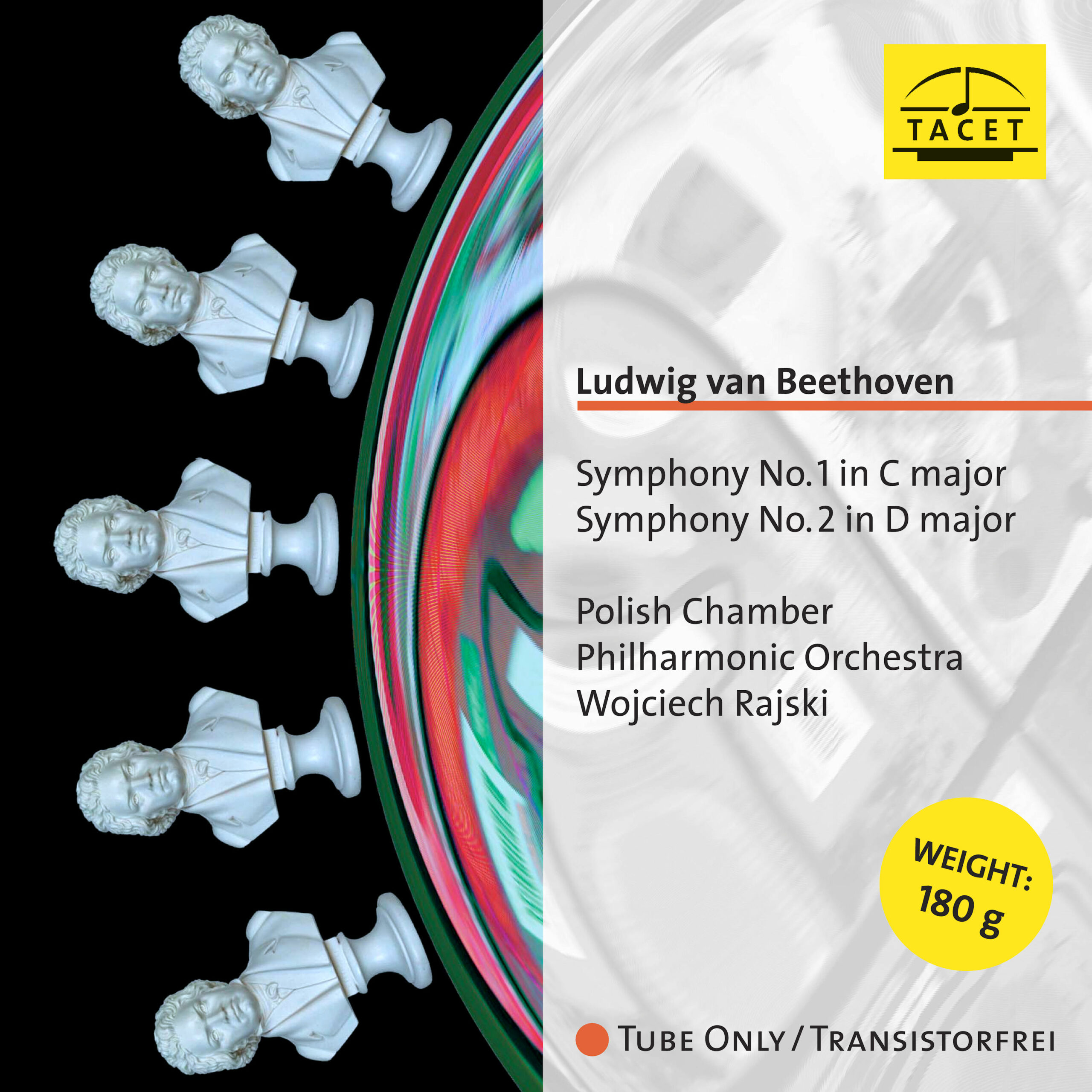

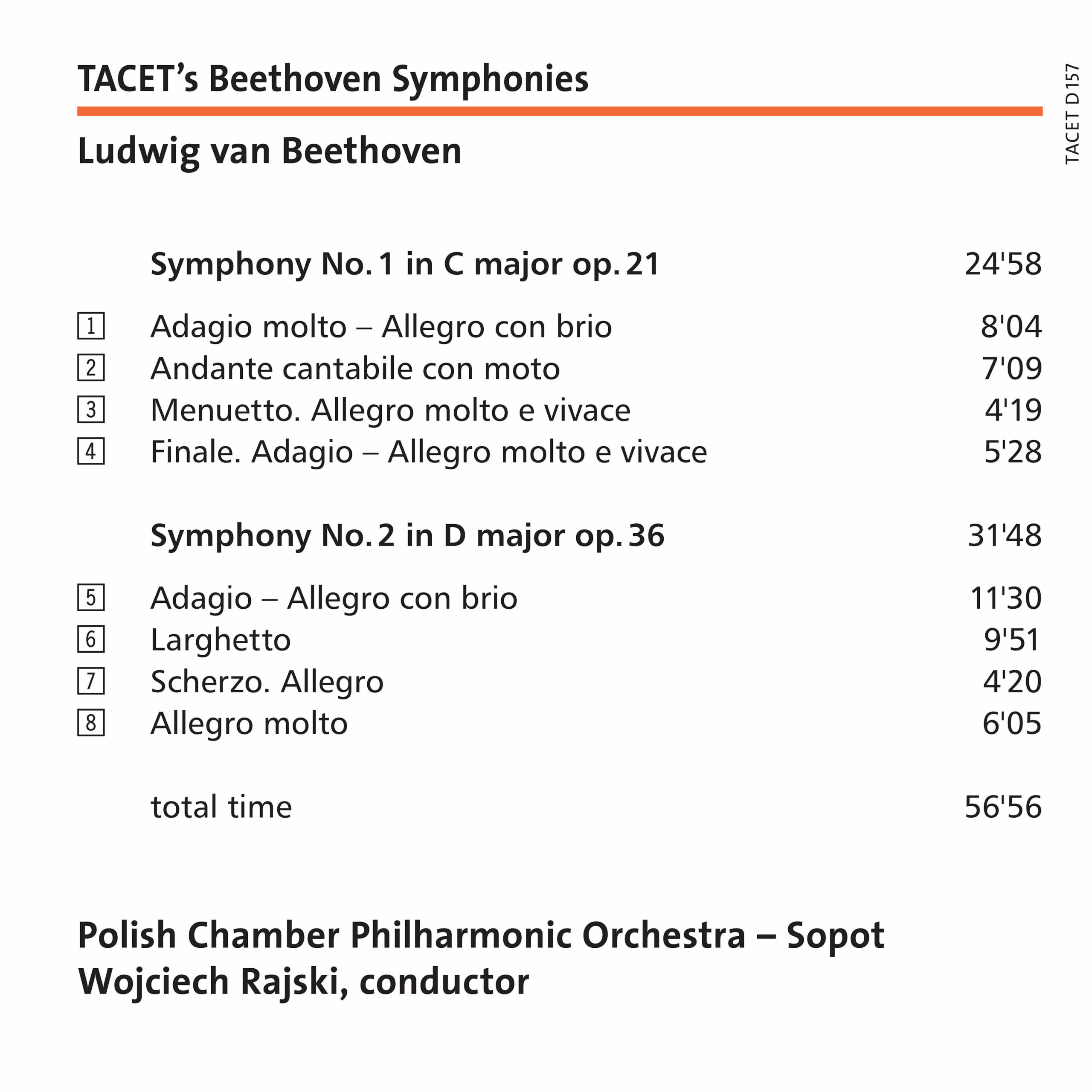
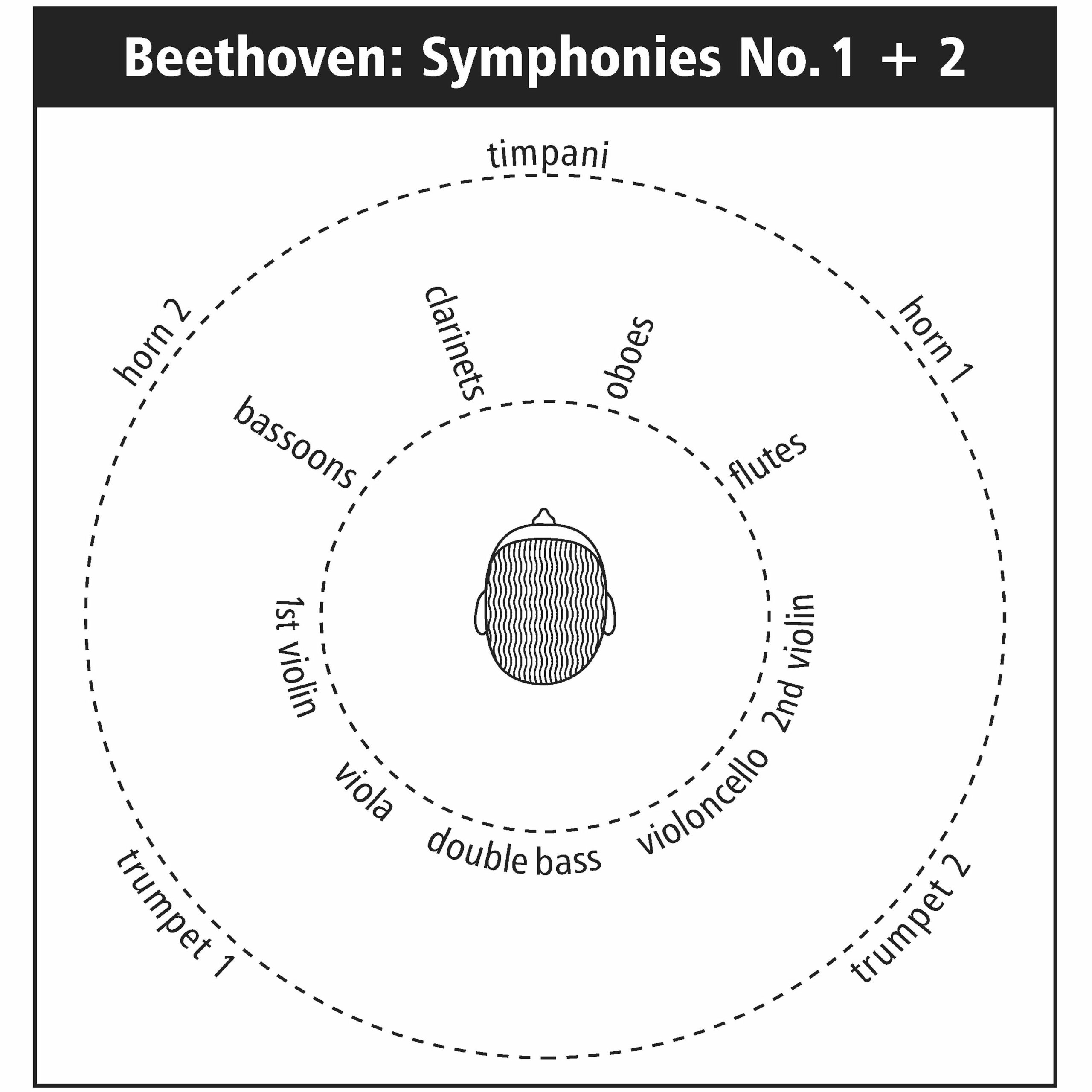
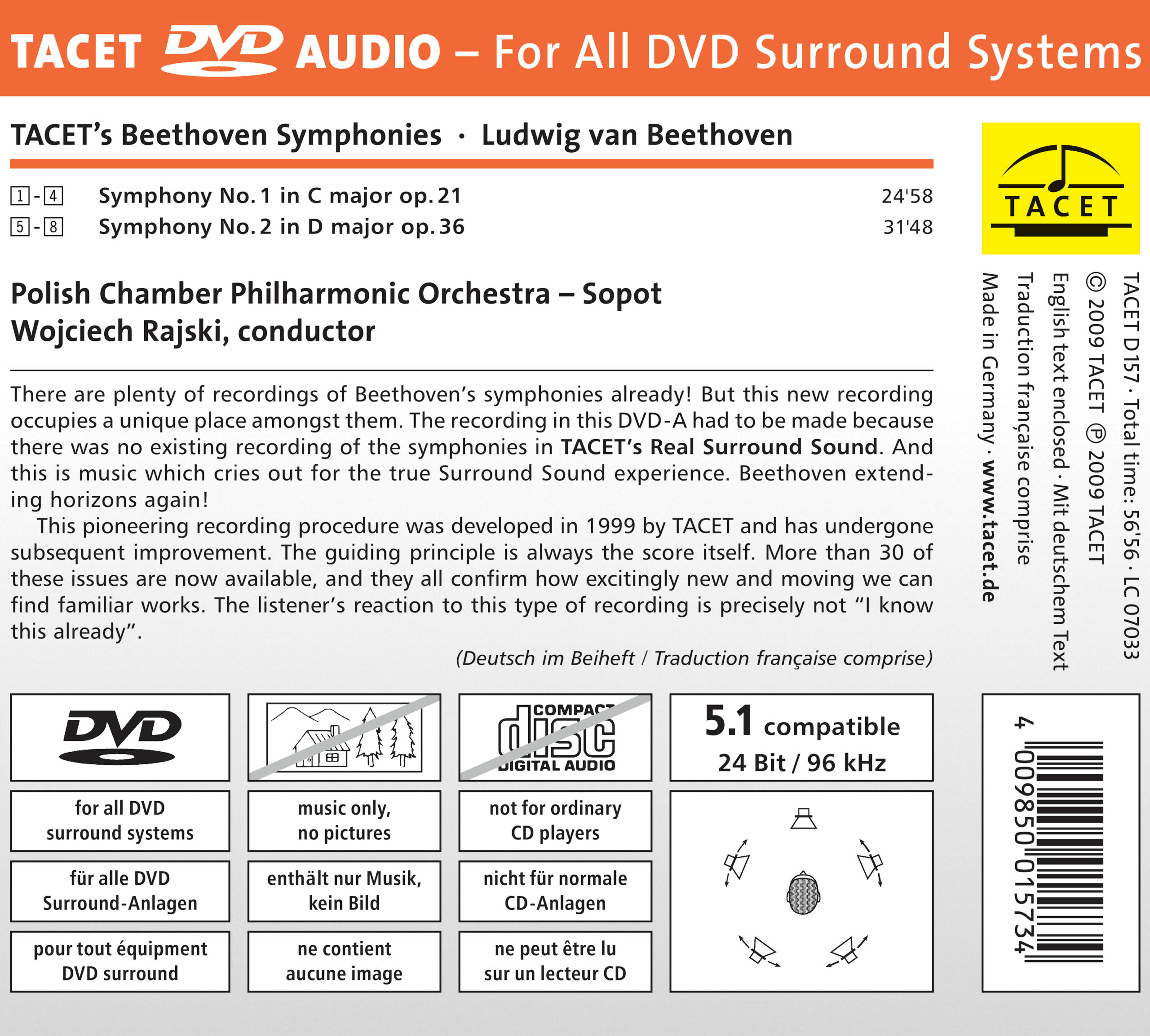
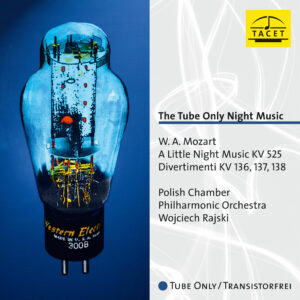
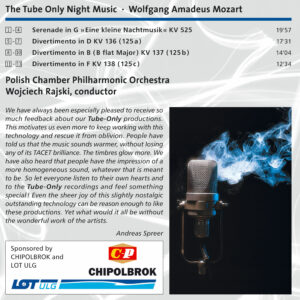
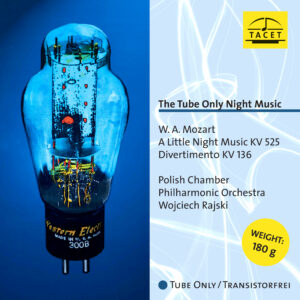
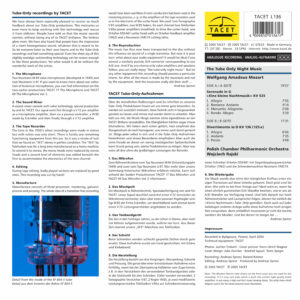


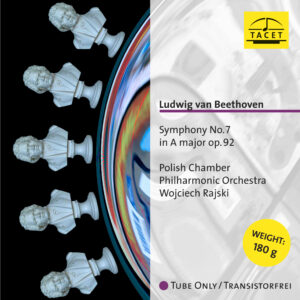
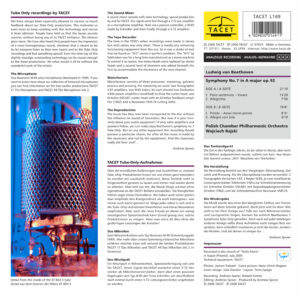

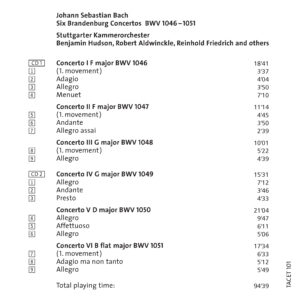
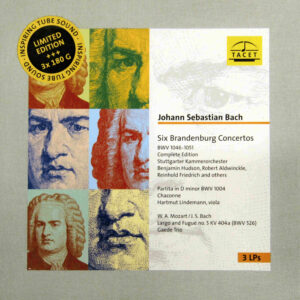
Audiophile Audition –
Beethoven completed his first two symphonies in 1800 and 1802 respectively. Although they both look backwards to the era of Haydn and Mozart, there is much in their musical language that offers a glimpse of what is to come. The scale of both symphonies is larger than previous works in the genre. Their expressiveness and emotional content seems broader and more personal than earlier symphonies. And Beethoven's compositional technique is more advanced and daring than either of his illustrious predecessors. It is hardly surprising that audiences were initially puzzled by what they heard.
The Symphony No.1 in C Major Op.21 is given a fleet performance by the Polish Chamber Philharmonic. Although they perform on modern instruments this orchestra has absorbed the lessons of the historically informed performance movement. Tempos are brisk, textures are relatively light and string vibrato is minimal. The orchestra emphasizes Beethoven's rustic qualities. The symphony unfolds with a powerful forward thrust that grips the listener at the start and proceeds with steely inevitability until the final notes. If you like your Beethoven played with dancelike abandon then this performance is for you.
The Symphony No. 2 in D Major Op.36 is one of Beethoven's most paradoxical works. Composed while he was in the depths of despair as he realized that he was losing his hearing, the symphony contains not a hint of emotional turmoil. It is a serene and confident work whose propulsive rhythms proclaim the composer's love of nature and the rusticity of the countryside. Beethoven seems to be searching for new means of expression in this powerful symphony. The Polish Chamber Philharmonic emphasize the symphony's blithe expressiveness, playing with a velocity that occasionally dilutes the works more profound moments. We should never forget that the D Major is the precursor to the mighty Eroica Symphony. It contains the germ of that great work's artistic brilliance and should not be played as if it were middle-period Haydn.
Tacet's engineers have once again created a fascinating soundstage whose immediacy and presence highlights all of the sonic beauty of these two symphonies. Using Tacet's "Real Surround Sound" the music comes from all around you as if you are placed into the center of the orchestra. With horns coming from in front of you and trumpets from behind, loud passages have a visceral impact. It’s a thrilling experience that matches Beethoven's robust musical style.
Mike Birman
Karin Koellner –
Further reviews of this production can be found on the product page of the SACD-Version.
Klassik heute –
I still remember these Beethoven recordings with the more than competent chamber orchestra from Sopot, Poland, from Tacet CD S 157. Back then, offered as a “conventional” compact disc—flawless in sound and production, and quite impressive in terms of musical presentation—I do not recall being particularly overwhelmed by Rajski, his Beethoven interpretations, or the chamber philharmonic. Now there is the opportunity to correct this impression, which may have been due, at least in part, to professional inattention. The new edition of the two symphonies in “DVD Audio – Tacet Real Surround Sound” proved very helpful in this regard! This technology truly opens up new acoustic spaces—and, with the proper home equipment, it casts the interpretive performance in a new light. Everything now sounds more airy, more articulated, explored in greater detail at the brisk tempos, nobler, and richer in overall impression, although I must admit that under these circumstances the wind instruments seem slightly favored.
In keeping with Tacet’s aesthetic, the listener is placed right in the midst of the philharmonic action—a situation that, of course, does not correspond to the seat of a concertgoer. Yet it remains fascinating how Beethoven’s themes and their artful, at times provocative, developments unfold around the attentive listener, gaining both transparency and a healthy fullness. Occasionally, however, the recording technique reaches its limits in terms of spatial definition—especially when Rajski and his Sopot orchestra push the chamber-orchestral sound to the extreme in the final movements. A touch more restraint in tempo would significantly enhance the effect in terms of brilliance, swirling intensity, and precision of detail (particularly in the fast flourishes of the upper strings!). Overall, however, this is a highly convincing, sonically— as described—exquisite performance, which, in my listening view, deserves a front-ranking position among the many competing recordings.
Peter Cossé